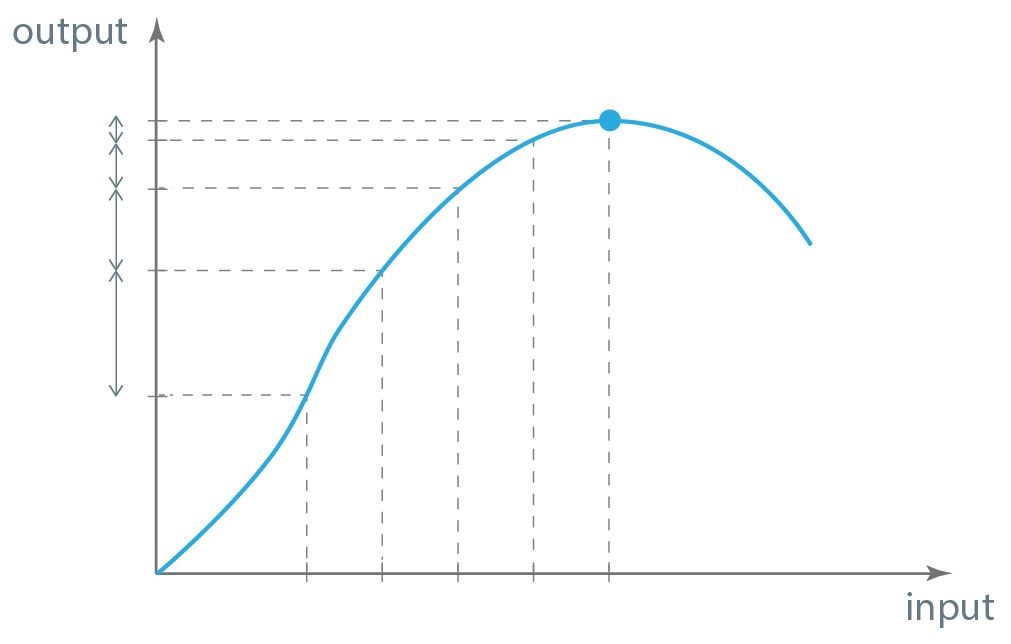Level 1 CFA® Exam:
Supply - Advanced (Part 2)
The output of the company may be expressed as the production function of labor and capital:
One of the examples of such a production function is Cobb–Douglas production function.
Profit is the difference between total revenue and total cost, and companies usually try to maximize their profit.
We deal with the profit-maximizing level of output if:
(...)
Productivity is an average output generated by one unit of input.
In case of productivity of workers employed (labor) by a company we distinguish between:
- total product of labor,
- average product of labor, and
- marginal product of labor.
Total product of labor is the total volume of the output of the firm produced in a given time.
Average product of labor at a given level of output is equal to the total product of labor divided by the number of workers at this level of output.
Marginal product of labor measures the productivity of each additional worker.

Usually, the marginal product of labor initially increases when an extra input is used, for example when an additional worker is employed. However, at some point, the extra output obtained from each additional unit of the input will decline, which is often called the law of diminishing returns.
(...)
- The output of the company may be expressed as the production function of labor and capital.
- We deal with the profit-maximizing level of output if the marginal revenue (MR) equals marginal cost (MC) and MC is not falling.
- Total product of labor is the total volume of the output of the firm produced in a given time.
- Marginal product of labor measures the productivity of each additional worker.
- Diminishing returns occur when we reach the point from which the extra output obtained from each additional unit of the input is lower and lower.


